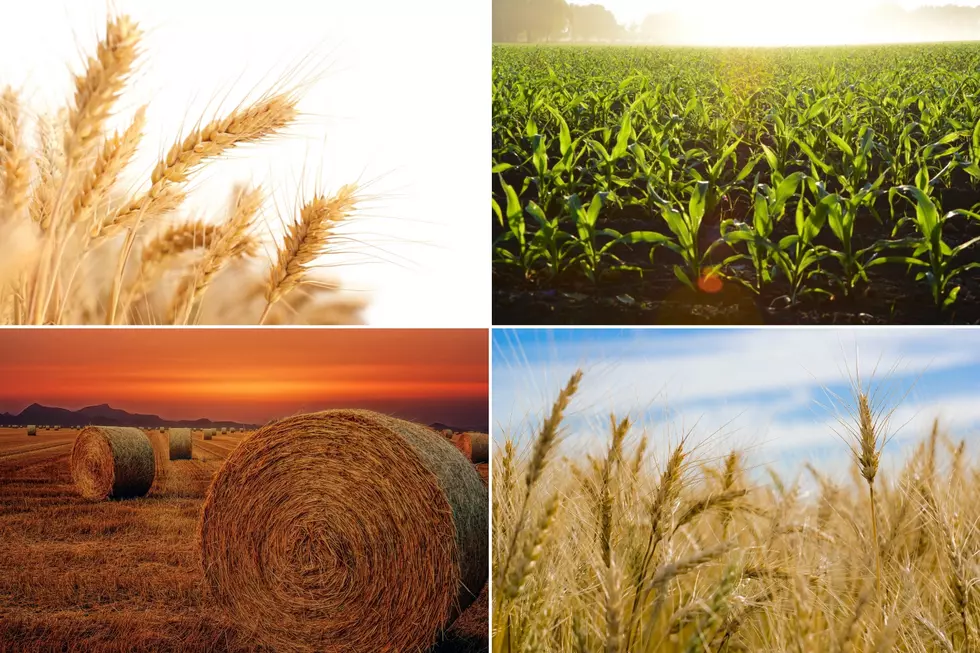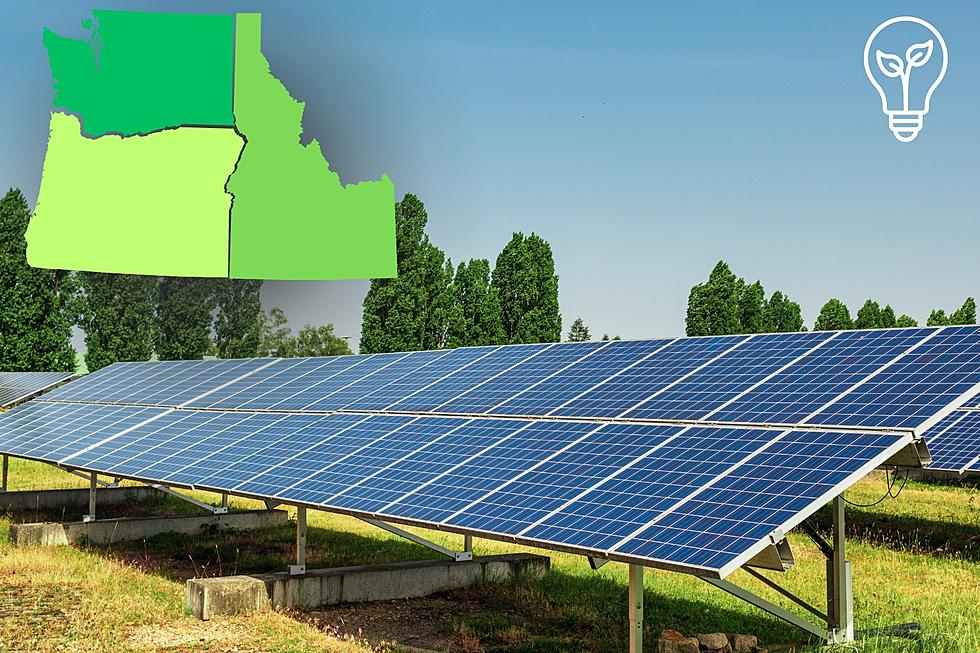
Rotational Grazing Adoption Varies by Region
Data published this week by ERS shows rotational grazing adoption varies by region. Rotational grazing is a management practice in which livestock are cycled through multiple fenced grazing areas to manage forage production, forage quality, animal health, and environmental quality. In a recent study, USDA researchers found the highest rate of total rotational grazing adoption, at 49% of operations, in the Northern Plains and Western Corn Belt region. The lowest participation level, at 25%, were operations in the Southern Plains region.
Basic rotational grazing was more common than intensive rotational grazing in all but one region. USDA says the exception was the Appalachian region, where 25% of cow-calf operations used intensive rotational grazing, and 22 percent used basic rotational grazing. Major drivers for regional differences in adoption could include varying forage types, which may respond better to rotational grazing than others, and differing climates.
If you have a story idea for the PNW Ag Network, call (509) 547-9791, or e-mail glenn.vaagen@townsquaremedia.com
More From PNW Ag Network









